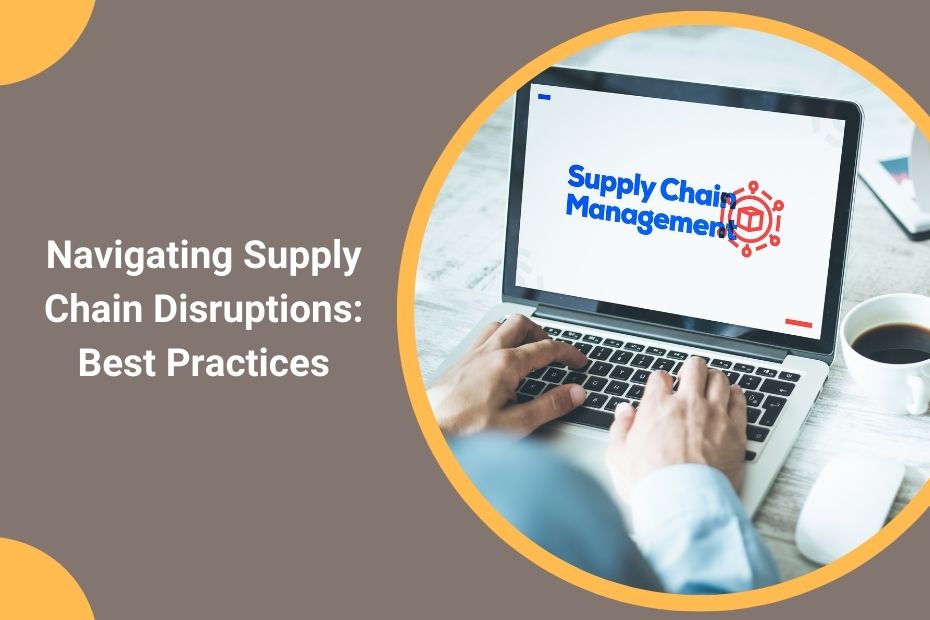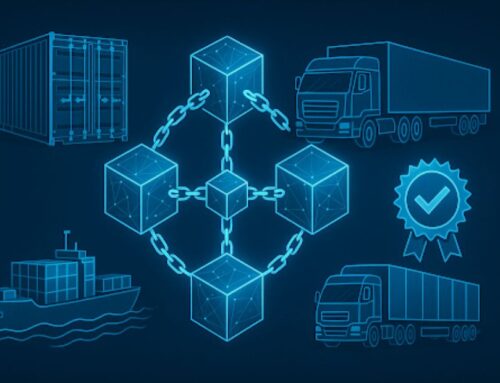Supply chain disruptions can affect business operations, profitability, and customer satisfaction, often with little warning. As someone who has worked in logistics and supply chain management, I know firsthand that disruptions can come from many sources, including natural disasters, political instability, and economic shifts. The key to navigating these disruptions is a proactive approach that combines strategic planning with flexibility. Below, I’ll walk through some best practices that can help businesses prepare for and manage disruptions effectively.
Diversify Suppliers
Relying on a single supplier is a common practice for some companies, especially if they’ve had a long-standing relationship or favorable terms. However, this can create vulnerabilities if that supplier faces unexpected issues, such as a production delay or a regional crisis. Diversifying suppliers across different regions is one of the most effective ways to mitigate this risk. By sourcing materials or products from multiple suppliers, businesses create a buffer against localized disruptions.
For instance, if a natural disaster affects one supplier’s operations, other suppliers can step in to prevent stockouts. This strategy also provides leverage for negotiating better terms and ensures that a business isn’t solely dependent on one source. Diversifying suppliers may require additional coordination, but the added resilience in the supply chain makes it worthwhile. In my experience, businesses that diversify suppliers recover faster from disruptions and maintain more consistent service levels.
Implement Real-Time Monitoring
Real-time monitoring is essential for maintaining visibility and awareness throughout the supply chain. Using advanced technologies like IoT sensors, GPS tracking, and supply chain management software, companies can monitor shipments, inventory levels, and even production processes in real time. This level of visibility allows logistics managers to detect potential issues early, giving them time to respond before a small issue escalates into a major disruption.
For example, GPS tracking on shipments allows businesses to reroute deliveries if traffic congestion or bad weather arises. Similarly, IoT sensors in storage facilities can monitor temperature and humidity, ensuring that goods are stored under optimal conditions. From my perspective, investing in real-time monitoring tools is one of the most impactful steps a business can take to reduce the effects of supply chain disruptions. These tools provide the data needed to make informed, quick decisions, which is invaluable in a crisis.
Develop Contingency Plans
Preparation is key in supply chain management, and developing contingency plans is a proactive way to address potential disruptions. Contingency plans outline specific actions to take in various scenarios, such as supply shortages, transportation delays, or facility shutdowns. These plans ensure that when disruptions occur, the team has a clear path forward rather than scrambling to find solutions on the spot.
A strong contingency plan might include alternate suppliers, backup transportation routes, and protocols for adjusting inventory levels based on projected demand. Some companies also establish “rapid response teams” tasked with implementing contingency plans when disruptions arise. In my experience, having these plans in place reduces response times and minimizes operational downtime, helping businesses maintain customer trust even during challenging times.
Invest in Technology
Modern technology is a powerful ally in managing supply chains, and investing in the right tools can significantly enhance a company’s resilience to disruptions. Supply chain management software enables businesses to forecast demand, optimize inventory, and coordinate with suppliers more effectively. Additionally, predictive analytics can help identify potential risks by analyzing historical data and spotting patterns that might indicate future disruptions.
For instance, machine learning algorithms can analyze weather data to predict how seasonal changes might impact transportation routes. Similarly, blockchain technology provides a transparent record of every transaction, ensuring accountability and reducing the risk of fraud. By investing in technology, companies gain the flexibility to adapt their operations quickly. From my perspective, the upfront costs of technology implementation are outweighed by the long-term benefits of a more resilient and adaptable supply chain.
Foster Strong Relationships with Suppliers
Supplier relationships play a crucial role in supply chain resilience. Establishing trust and open communication with suppliers can improve collaboration, making it easier to manage disruptions. When suppliers and buyers have a strong working relationship, it’s easier to work together to address issues like stock shortages, delivery delays, or quality concerns.
Strong relationships also encourage suppliers to prioritize your orders during times of high demand or limited supply. To build these relationships, regular communication is essential. I’ve found that scheduling periodic reviews with suppliers, discussing performance metrics, and sharing demand forecasts are effective ways to maintain alignment and foster goodwill. During disruptions, these established relationships can make all the difference, as suppliers are often more willing to work with long-term partners to find solutions.
Regularly Assess and Mitigate Risks
Conducting regular risk assessments is an essential practice for identifying potential vulnerabilities in the supply chain. These assessments involve analyzing each stage of the supply chain—from raw materials to final delivery—to pinpoint areas that may be susceptible to disruptions. For example, a risk assessment might reveal that a key supplier operates in a region prone to natural disasters, or that a certain transportation route is often congested, increasing the likelihood of delays.
After identifying risks, companies can implement measures to mitigate them, such as sourcing from alternative suppliers or adjusting inventory levels. Risk assessments should be conducted regularly, as supply chains are dynamic and new risks can emerge. In my experience, risk assessments provide a clear view of potential threats and allow for proactive planning, which strengthens the supply chain and prepares it for future challenges.
Maintain Safety Stock
Safety stock is an additional inventory buffer that helps businesses continue operations when demand spikes unexpectedly or supply is disrupted. While holding extra stock may seem costly due to storage expenses, it provides a critical safeguard against stockouts. Safety stock levels can be adjusted based on demand forecasts, supplier reliability, and industry-specific factors.
For instance, companies dealing with perishable goods may require less safety stock than those handling durable items, as the costs of spoilage are higher. In my experience, calculating safety stock levels requires careful analysis to balance holding costs with the benefits of added resilience. Having a safety stock can make a significant difference when disruptions occur, as it buys time for businesses to adjust their supply chain without immediately impacting customers.
Top Practices for Managing Supply Chain Disruptions
- Diversify suppliers
- Use real-time monitoring
- Develop contingency plans
- Invest in technology
- Build strong supplier relationships
- Conduct regular risk assessments
- Maintain safety stock
In Conclusion
Managing supply chain disruptions is an ongoing challenge, but with the right strategies in place, companies can maintain stability and meet customer needs even during uncertain times. Diversifying suppliers, implementing real-time monitoring, creating contingency plans, and investing in technology are all effective ways to build a resilient supply chain. Additionally, fostering strong supplier relationships, regularly assessing risks, and maintaining safety stock provide extra layers of protection. By proactively addressing these areas, businesses can navigate disruptions more effectively and ensure operational continuity, strengthening their position in a competitive market.









